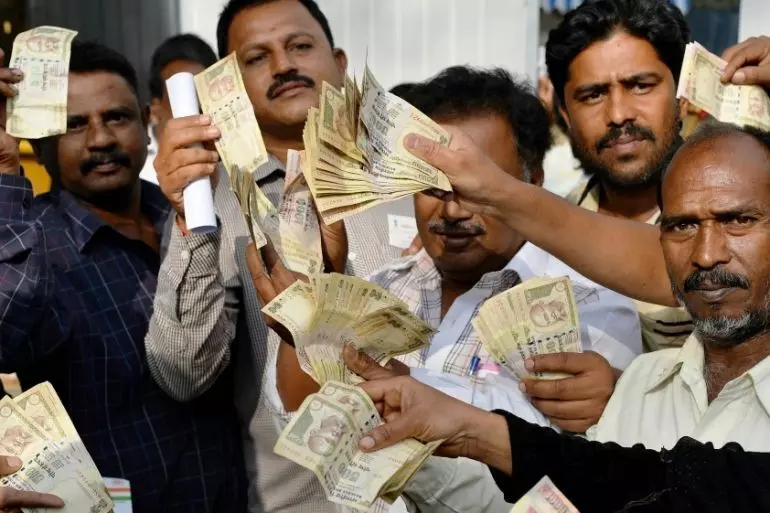Beyond 'legality'

More than six years after the Central government demonetized Rs 500 and Rs 1,000 currency notes, the Supreme Court of India upheld the legality of the exercise in a 4:1 split verdict. The statutory correctness of the policy move, however, is in no way a justification for the prolonged socio-economic repercussions it had on the lives of the poor. The five-judge Constitution bench headed by S Abdul Nazeer and also comprising AS Bopanna, V Ramasubramanian, BR Gavai and BV Nagarathna considered primarily the legal intricacies and not the merits of the policy. The majority opinion, one by one, refuted all the arguments put forth by the petitioners. The petitioners had argued that the Centre's move violated the Reserve Bank of India Act, 1934. Section 26(2) of the legislation says that the Centre can demonetize "any series of bank notes" on RBI's recommendation. The petitioners' inference from the phrase "any series" came to be at variance with what the Supreme Court deduced from the same. While the petitioners argued that a limited series can be demonetized, the majority view held that "all series" of banknotes can be removed as legal tender. The second point of contention was whether the Centre is an appropriate authority to initiate the proceedings of demonetization. The court held that there was nothing wrong with the Centre initiating to 'advice' the RBI on demonetization. Furthermore, the court said that the Centre is "the best judge since it has all the inputs with regard to fake currency, black money, terror financing and drug trafficking. As such, what measure is required to be taken to curb the menaces would be best left to the discretion of the government in consultation with the RBI." The court also thwarted the petitioners' argument that the process of announcing demonetization was "rushed". Convinced that the Central government and the RBI had been in consultation with each other for months, the court asserted that a measure like demonetization, aimed at curbing black money and terror financing, has to be taken with "utmost confidentiality and speed". The bench also averred that the objectives of demonetization were not "disproportionate" — as argued by the petitioners — and that there was a "reasonable nexus" between the policy and its objectives. Several of the arguments put forth by the majority view were contradicted by the dissenting judgement of Justice BV Nagarathna, which will be remembered for a long time in the annals of the legal world. While admitting that the objective of demonetization might have been "sound, just and proper", the only lady judge on the bench said in clearest terms that "the manner in which the said objectives were achieved and the procedure followed for the same, in my (her) view, was not in accordance with law." She also pointed out the hurry with which demonetization was announced, saying that the RBI had little time "to apply its mind to such an issue". However, the most important takeaway from her observation was that for the entire denomination of the notes to be demonetized, the Parliament, as "a miniature nation", had to be involved. As far as the proportionality of the objectives of demonetization is concerned, there is little clarity on what the exact objectives were. The Prime Minister had initially targeted curbing black money and corruption, apart from terror financing. A couple of years after demonetization, the Reserve Bank of India reported that around 99 per cent of the demonetized cash returned to its fold, meaning that black money was largely kept in sectors like real estate and the gold market. The forfeiting of currencies continued and so did terror financing. The Centre then shifted the goalpost saying that the demonetization measure will steer India towards a cashless economy. Credit to the interventions made by the banks, the affluent and middle classes have indeed largely resorted to cashless transactions, but this cannot be said for a larger population. Furthermore, if this was the primary goal, this could have been achieved simply by introducing amendments to the Income Tax Act. While the fulfilment of the objectives remains a farce, what the larger Indian population went through over the years on account of demonetization is difficult to fathom. What is legally correct can not always be socio-economically justifiable. Instead of bursting into jubilation, the proponents of demonetization must retrospect and learn some lessons at this juncture.



